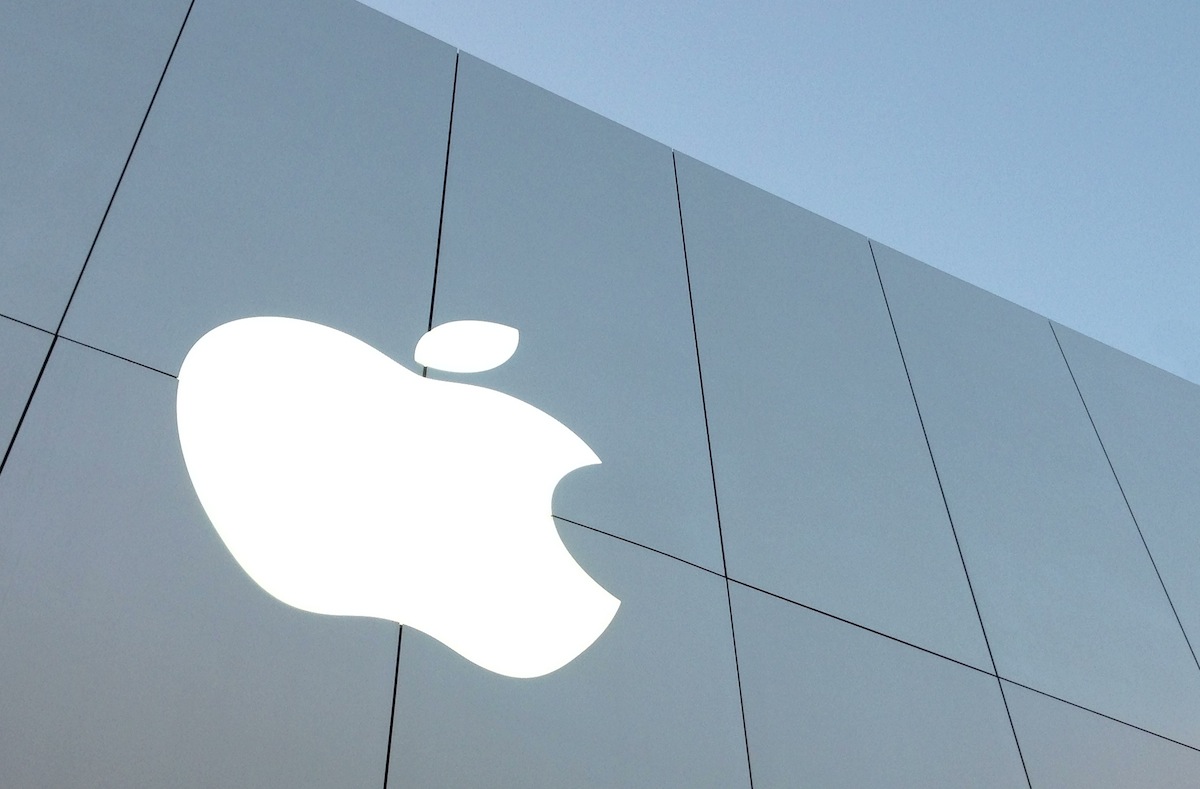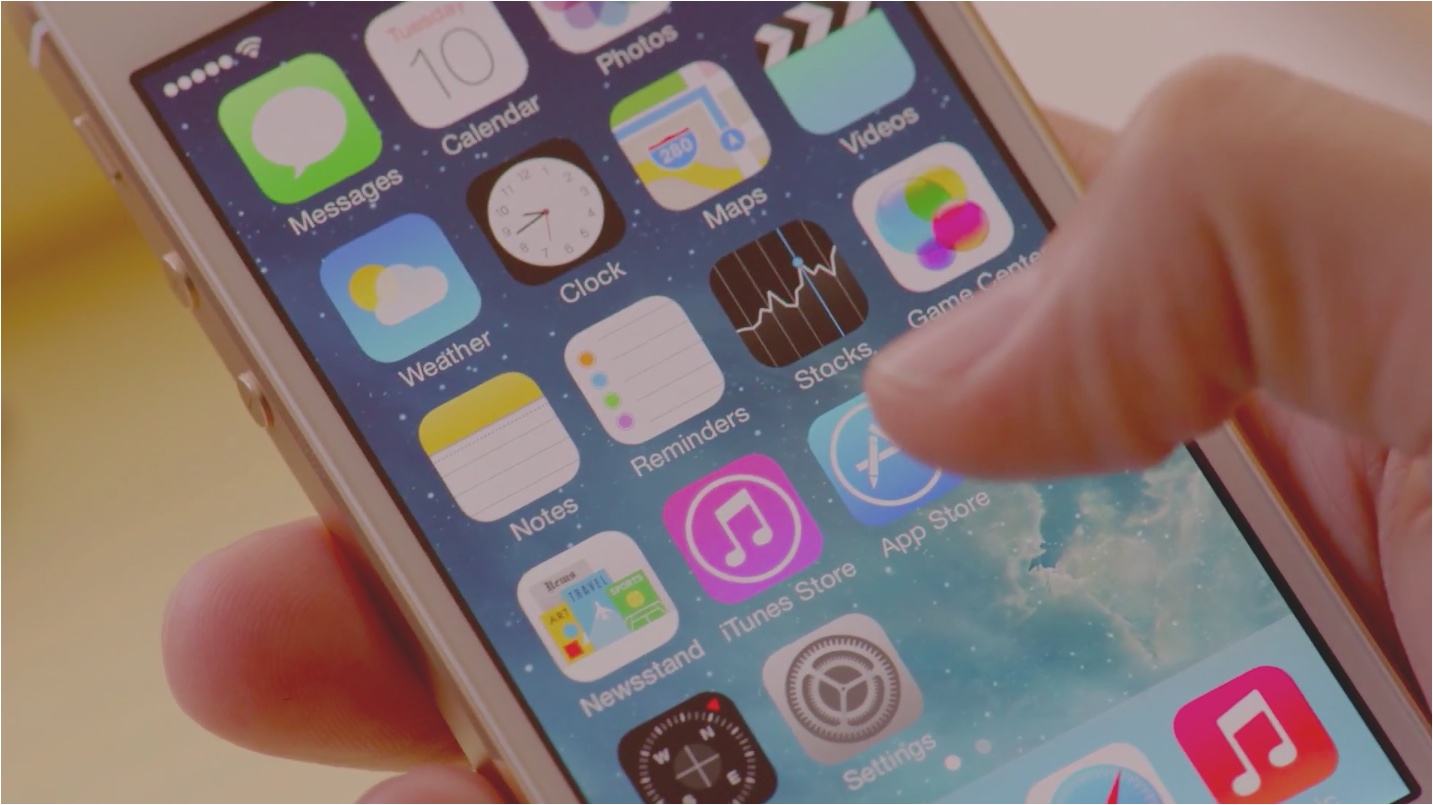
Time was once when Apple was infamous for not giving its users choice. Steve Jobs himself famously said that consumers didn’t know what they wanted, and that it was Apple’s job to tell them, and he was often right. It was this confidence, some may say arrogance, that made Apple so sure of its designs. So absolutely convinced that it was on the right path. And arguably, it’s why it has been so successful over the last ten or so years.
But things are changing inside Apple. Since Steve Jobs’ death and the handing over of the reigns to the unflappable Tim Cook, Apple has been going through something of a metamorphosis, and everyone has seen how the company has changed. Countless people have written about how Apple isn’t the same company since its co-founder and visionary left it to somewhat more pragmatic minds, and the evidence that they’re right simply keeps on mounting.
The latest pointer that Apple’s outlook is somewhat different to that of the Steve Jobs era comes in the form of iOS 7. Not, as some would think in the way Jony Ive was allowed to rip up the iOS rule book in favor of a complete rethink, but in how it has reacted to criticism, and how it continues to flounder thanks to its seeming inability to pick a path and then stick to it. Apple is no-longer sure of its convictions, and it’s left worse off for it.

To see how Apple now seems less confident in itself we need look no further than the way it has capitulated on some of its iOS design decisions. With versions of iOS beyond 7.0 and continuing today in the iOS 7.1 betas, Apple has been stung by criticism of some of the decisions it has made about things like removing backgrounds from buttons, making them less obvious in the process. Now, as beta releases of iOS continue to drop, Apple is still tinkering with how it displays some of its buttons.
There’s more too. Having taken flack for its use of a new, thinner font in iOS 7, the company has added new options to make it bold, as well as adding weight to the standard font setup.
There is, of course, all the motion sickness undercurrent too. Yes, it’s a real problem and Apple does right to fix it, but the tweaking and option-adding that is still going on shows that someone in Cupertino still isn’t comfortable with how iOS 7 handles its transitions and 3D effects. The Apple of old would have thrown a fix out and that would be that.
It’s debatable whether Apple’s newfound inability to make a decision is down to the change at the top or simply a softening of an ‘our way or the highway’ stance that once made Apple both so popular and unpopular in equal measure. What probably isn’t up for debate is the fact that Apple seems less sure of itself, less confident it knows what’s right for its users and more willing to listen to criticism as a result. Whether that’s a good or a bad thing depends on what the end result looks like. Apple is certainly still fleshing iOS 7 out into the finished article we’re all waiting for, and here’s hoping it manages it before its crisis of confidence gets any worse.